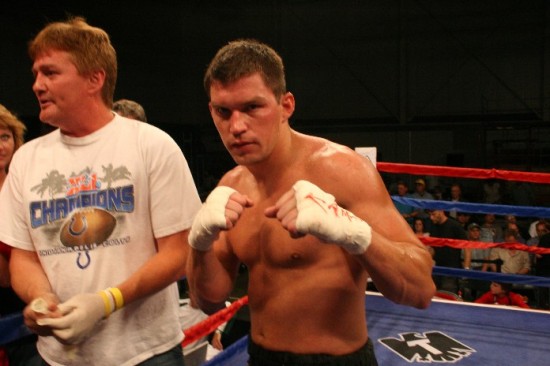
Originally Posted by
CFT

Doesn't that depend on where you are in relation to their hands/arms and where their hands/arms are in relation to their body?
Sure..
Still there is a rather large difference when:
1. Their arms are not holding the line.
2. You're target is a limb.. (distance)
3. IF you can break structure..
In my experience it is tough to break structure unless you are "energizing" their core.
To do THAT you need to be in "close range" and by that I mean generally close enough to hit their body with no step.
The default bridge mentioned in the kuit is their core IMO.
There may be some long bridge elements I am unfamiliar with... I've heard of something like this from Kenneth Cheung..
If it doesn't break structure or have the potential to do so then it is a lower % lead IMO..
Jim Hawkins
M Y V T K F
"You should have kicked him in the ball_..."—Sifu






 Reply With Quote
Reply With Quote





